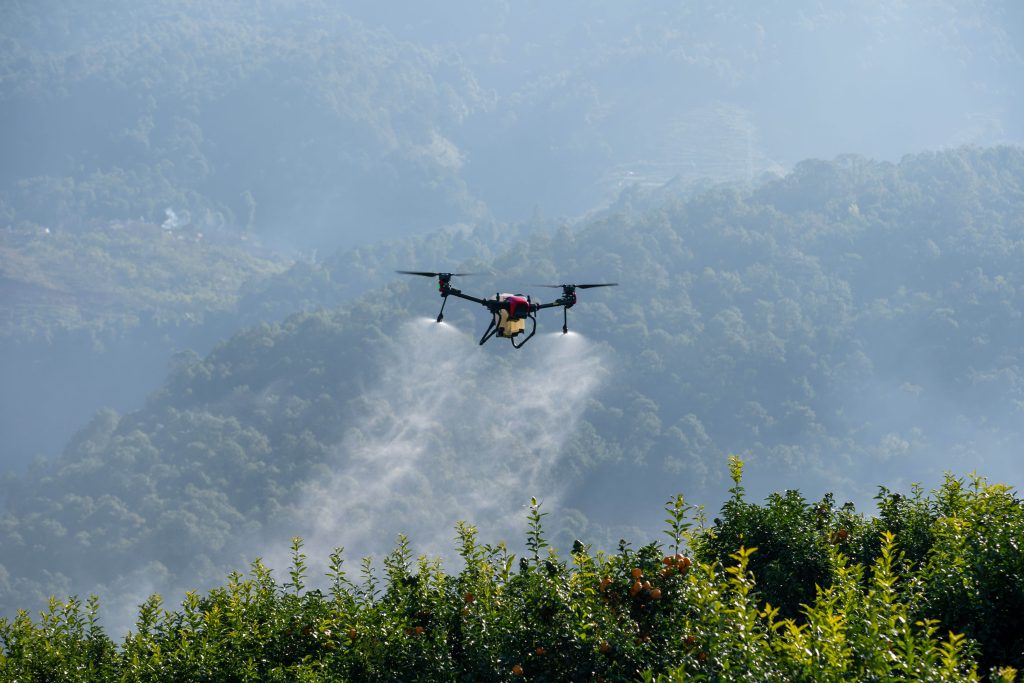Precision agriculture, characterized by the precise management of resources and inputs in farming, has gained immense popularity in recent years. Unmanned aerial vehicles (UAVs), commonly known as drones, are playing a pivotal role in this agricultural revolution, particularly in pest management. In this article, we will delve into how UAVs are transforming pest control strategies in agriculture.
Pests and diseases pose significant threats to crop yields and quality. Traditional methods of pest management often involve blanket application of pesticides, which can be both costly and environmentally harmful. UAVs equipped with specialized sensors and cameras are changing this paradigm.
These drones are capable of collecting high-resolution imagery and data from agricultural fields. By flying over the fields, they can identify areas of pest infestation, plant stress, or disease outbreak with precision. This information allows farmers to make data-driven decisions and target their pest control efforts only where needed, reducing pesticide use and minimizing its impact on the environment.
Furthermore, UAVs can be programmed to follow specific flight paths, covering large areas of farmland in a short amount of time. This efficiency is a game-changer in pest management, as it enables farmers to respond swiftly to emerging pest threats. Early detection and rapid response can save crops from substantial damage.
Some advanced UAVs are even equipped with pesticide delivery systems, allowing for precise and controlled application. Instead of uniformly spraying entire fields, these drones can deliver pesticides directly to the affected areas. This not only saves on pesticide costs but also reduces the risk of overuse and pesticide runoff into nearby ecosystems.
Additionally, UAVs can be used for ongoing monitoring of pest populations. By conducting regular surveillance flights, farmers can track the dynamics of pest populations and assess the effectiveness of their pest management strategies. This real-time feedback loop empowers farmers to make continuous adjustments to optimize pest control.
In conclusion, UAVs have ushered in a new era of precision pest management in agriculture. By providing farmers with accurate, timely, and cost-effective data, these unmanned aerial vehicles are helping to reduce the environmental impact of pest control while improving crop yields and quality. As technology continues to evolve, we can expect even more innovative applications of UAVs in the realm of precision agriculture.







Please sign in to comment
register